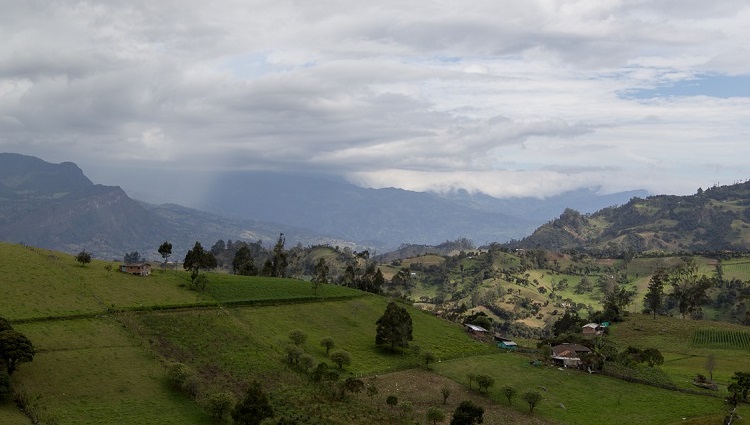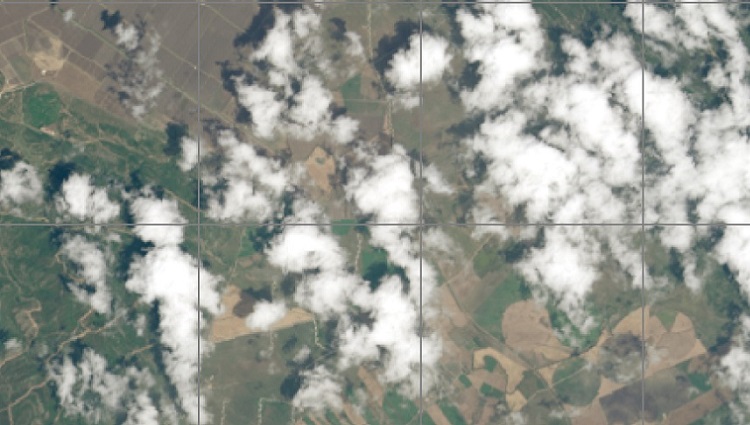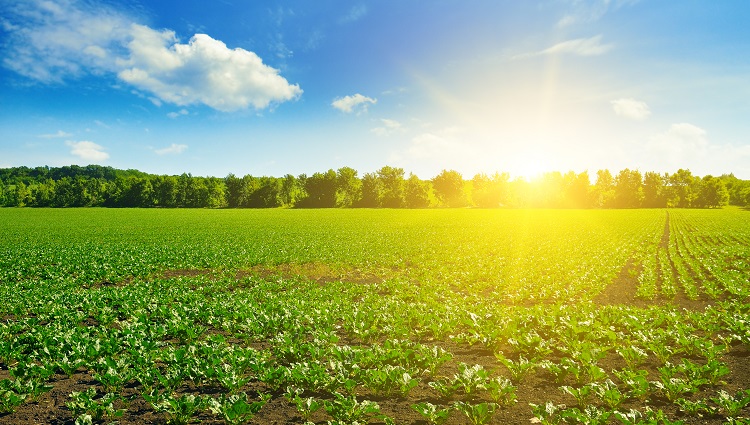28 Sep 2017
The influence of temperature on plant productivity in agriculture: Accumulated temperature
Accumulated temperature is a weather parameter that directly influences the productivity of agricultural plants. All biological and chemical processes taking place in the soil are connected with air temperature. The heat supply of crops is ch...










